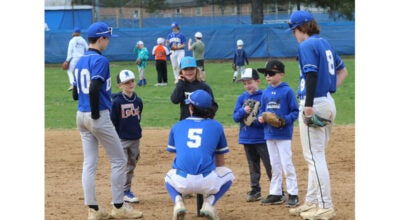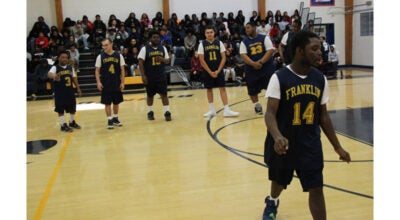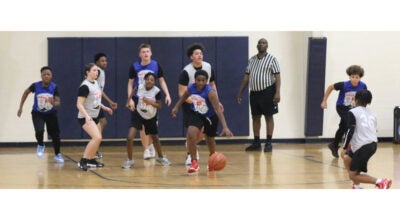This toe fracture has high risk of not healing
Published 8:30 am Friday, January 22, 2010
A Patient asks: My son is a very athletic 17-year-old and recently was diagnosed with a Jones fracture of the foot. We were advised to have a screw placed in the foot instead of having a cast placed. Do you think surgery may be warranted?
Dr. Patel writes: A Jones fracture is when the fifth bone (pinky) in the foot fractures near the base of the bone. This fracture has a high risk of not healing.
The blood supply to this area of the bone is in an area called the watershed region. There are several regions of the body that have poor blood supply to the bone and, unfortunately, this is one of them.
In order for any fracture to heal you need four main elements: time, immobilization, blood supply and cortical contact (connections of the two broken ends). If one of these elements is not present then the bone may not heal.
For your active son, I would also recommend a screw placement. The screw will allow him to immobilize the two ends and let him continue to play sports at an earlier stage in the fracture healing process. Placing a screw will also increase his chances of healing if he is going to walk on that foot early.
If this same fracture is treated in a cast, I may have my patients remain non-weight bearing for as along as three months because the blood supply to this region is poor. Even with three months of non-weight bearing or screw placement, there is still a high risk of this bone not healing. Another factor that affects bone healing is smoking. Hope this helps.
A patient asks: My 12-year-old daughter broke her wrist last year and still has a slight deformity. She feels fine and has no pain in the wrist. Will this deformity get better?
Dr. Patel writes: Many kids who break their wrist have a slight bump or deformity when they heal. This can from new bone formation or slight angulation in the fracture when it heals.
As a general rule, kids have a tendency to remodel their wrist one degree per year until they stop growing, so her body may still correct some of her deformity.
Dr. Manish Patel has extensive training in treating shoulder, elbow and knee injuries, and performing arthroscopic surgery. He is the principal medical practitioner in the offices of Southampton Orthopaedic and Sports Medicine Center, on the campus of Southampton Memorial Hospital. Submit questions about sports medicine, injuries and treatment for this column to sports@tidewaternews.com, or call Patel at 562-7301.





